334CYG
Program
Facility, Collective housing
Location
Ixelles
Date
2019 - 2023
Themes
Urban, Renovation, Circular, Inclusive, Built, Public
Phase
Completed
Surfaces
934 m²
Team
Atelier Menzel, BESP, A+ Concept, ART Valens
Client
BinHôme
Budget
€ 1 700 000
An intergenerational project
Renovation of former offices into community housing for the elderly and creation of a semi-public garden with a pram café.
The Cygnes project consists of a community housing facility for senior citizens that respects both heritage and the environment, as well as a new facility for young children, a welcoming and bright ‘pram café’, located in a green setting. Today, it offers a quiet and shaded place ideal for forging bonds between generations.
This renovation offers a programmatic and social ensemble that makes up for the lack of facilities in the north of the commune of Ixelles, particularly for certain vulnerable groups such as the elderly or parents with young children. This pilot project, jointly supported by Binhôme and the Municipality of Ixelles, and subsidised by the Brussels-Capital Region, is located in the vacant space freed up following the relocation of the Foyer Ixellois to the Bloc Malibran. Also known as ‘Victory House’, this remarkable art deco building, completed in 1938 by the architect Raymond Poppe, together with the radio broadcasting building, is one of the cornerstones of Place Flagey and has provided dignified and refined social housing since its creation.
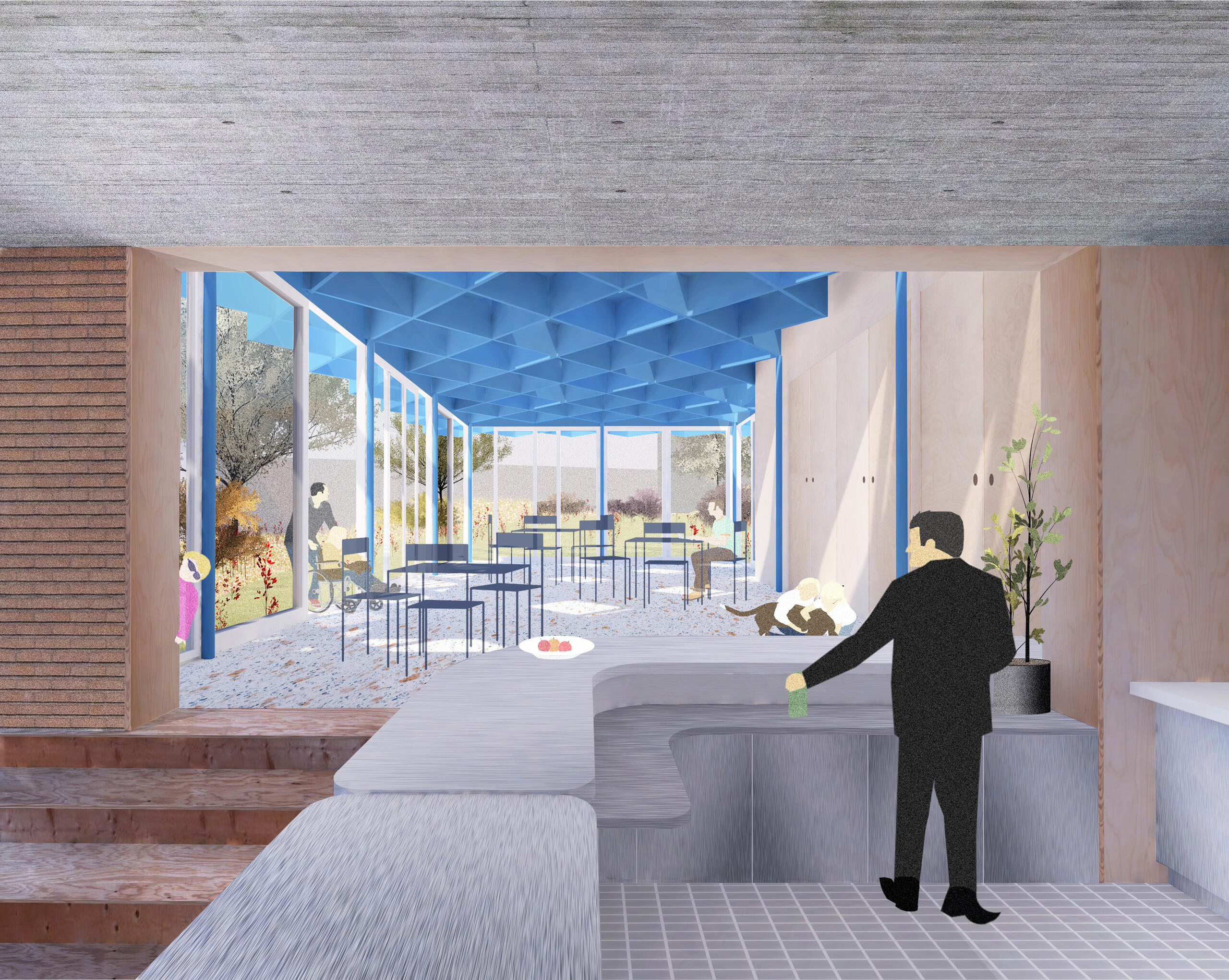
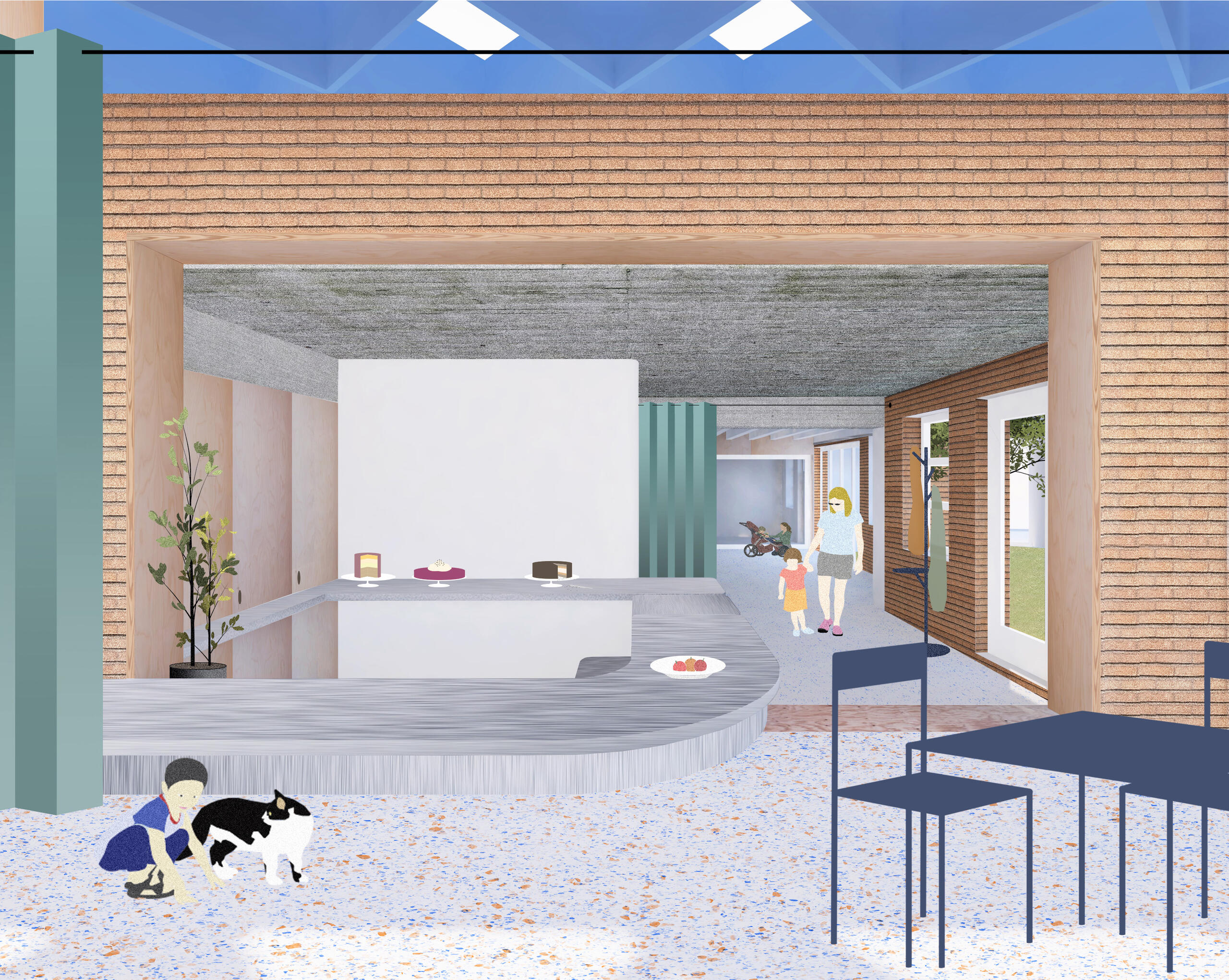
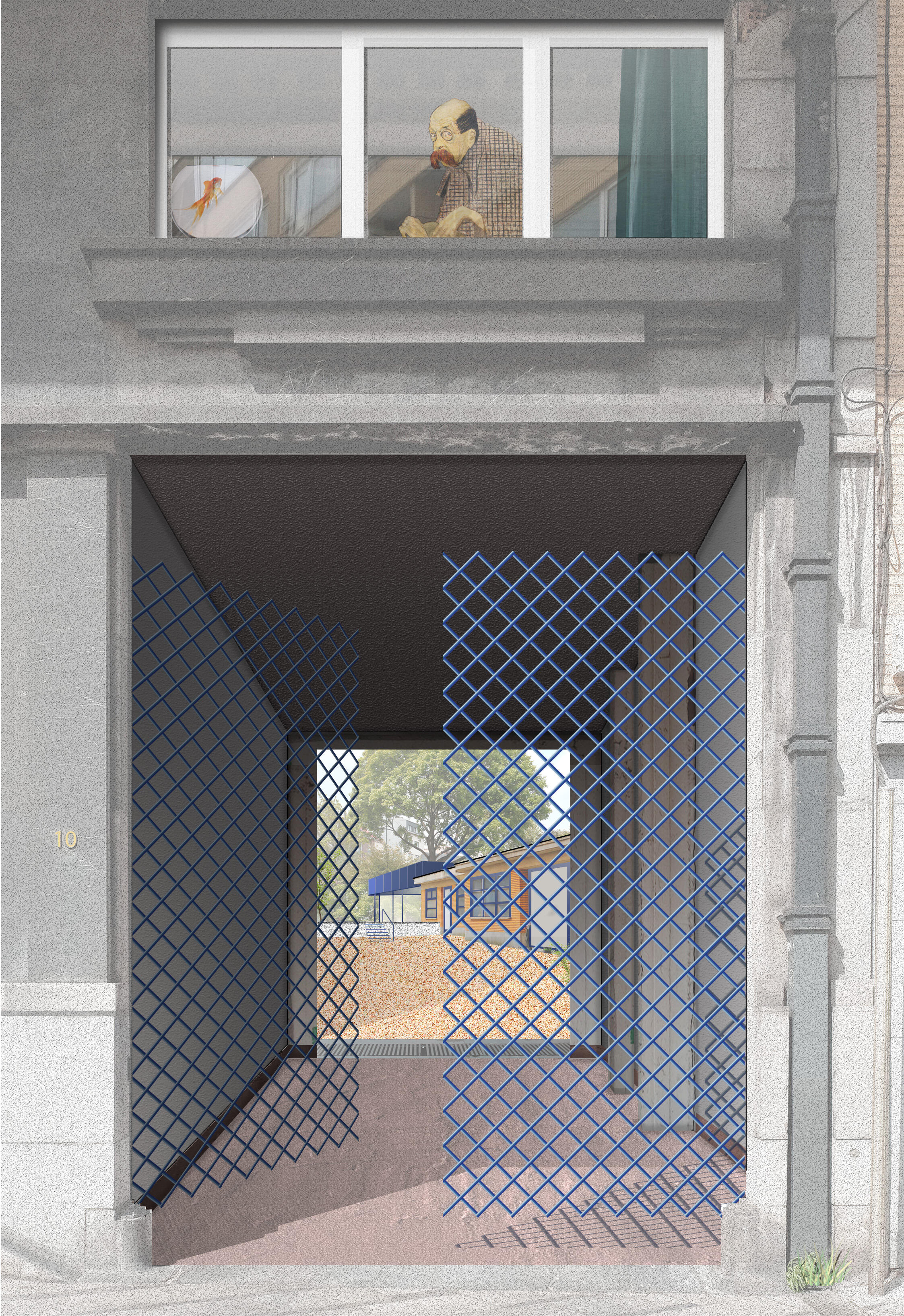
« Une transformation joyeuse, intelligente et appropriée qui insuffle une nouvelle vie à un complexe de logements existant, grâce à un mariage admirable du neuf et de l'ancien. Dans cette environnement animé, l'activation efficace de la cour intérieure en un contrepoint calme et raffiné - et ouvert au public - est particulièrement méritoire. »
Job Floris
A pram cafe and pocket park – opening calm and inclusive spaces
From the bustling Place Flagey, a gate opens in the dark foundation of Victory House, to reveal the foliage of an impressive plane tree, and a pavilion with an electric blue roof catches the eye. As you go deeper into the covered passageway, lined with sound-absorbing material, the sound of birdsong replaces the noise of the city. In the centre of the block, once swallowed up by a mineral car park, a curved wall of tamping concrete now leads you into a welcoming garden full of flowers. In summer, it is particularly cool here. The sound of water trickling from the table contributes to this gentle atmosphere. Children enjoy playing with the reflecting water and the swing while adults freely move the furniture according to the path of the sun.
In the centre of the garden, a colourful pavilion stretches out from an old brick former coach house. A delicate roof allows the overhead light to filter into the heart of the café. The mesh on the tip of its metal structure plays with interior and exterior boundaries to embrace the garden. In the centre of the café, at the junction of the two levels, the bar adapts its appearance to each of its customers, including the youngest. The ‘pram café’ is run by a children's association and offers parents a place to take a break and socialise.
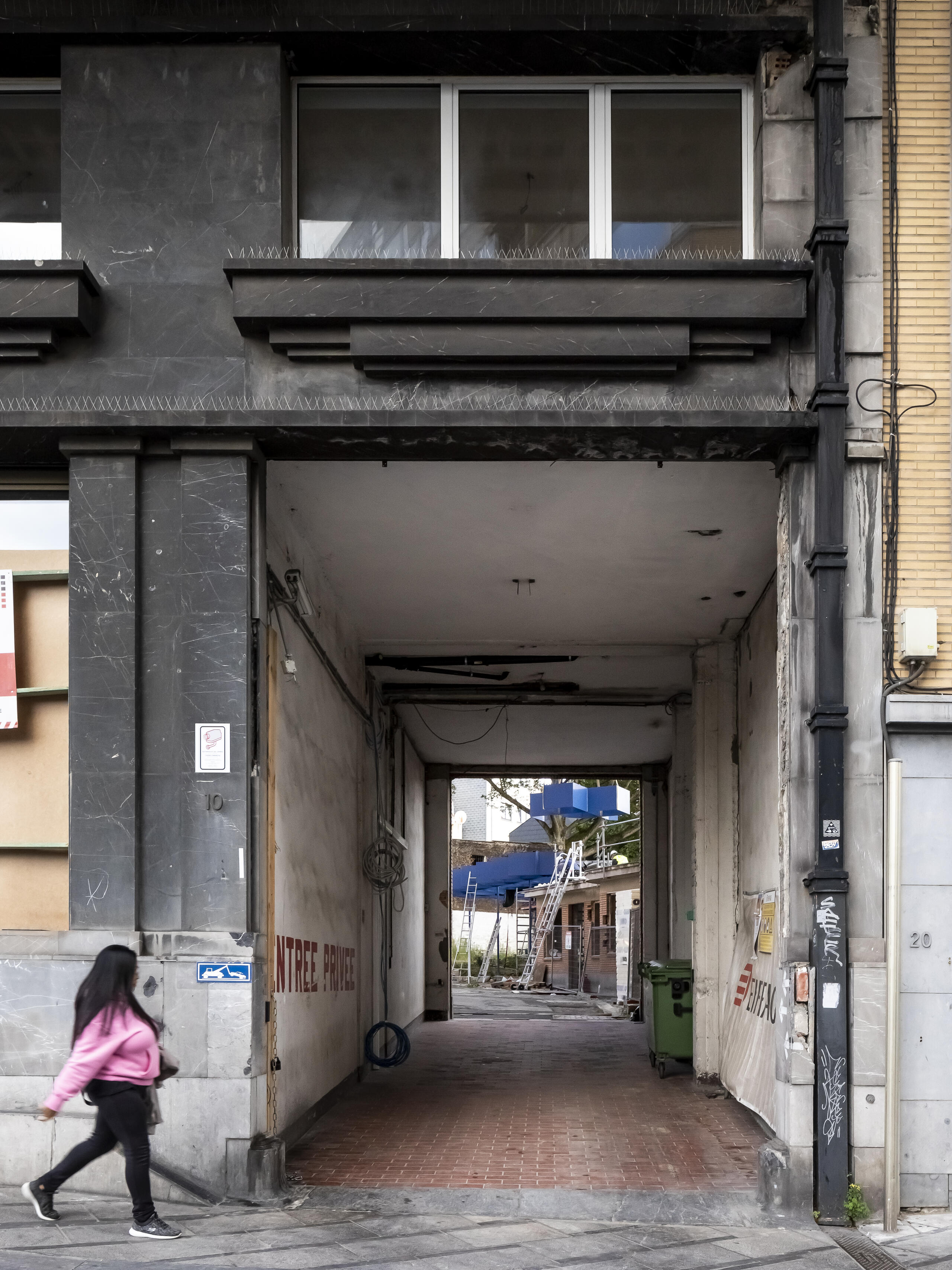
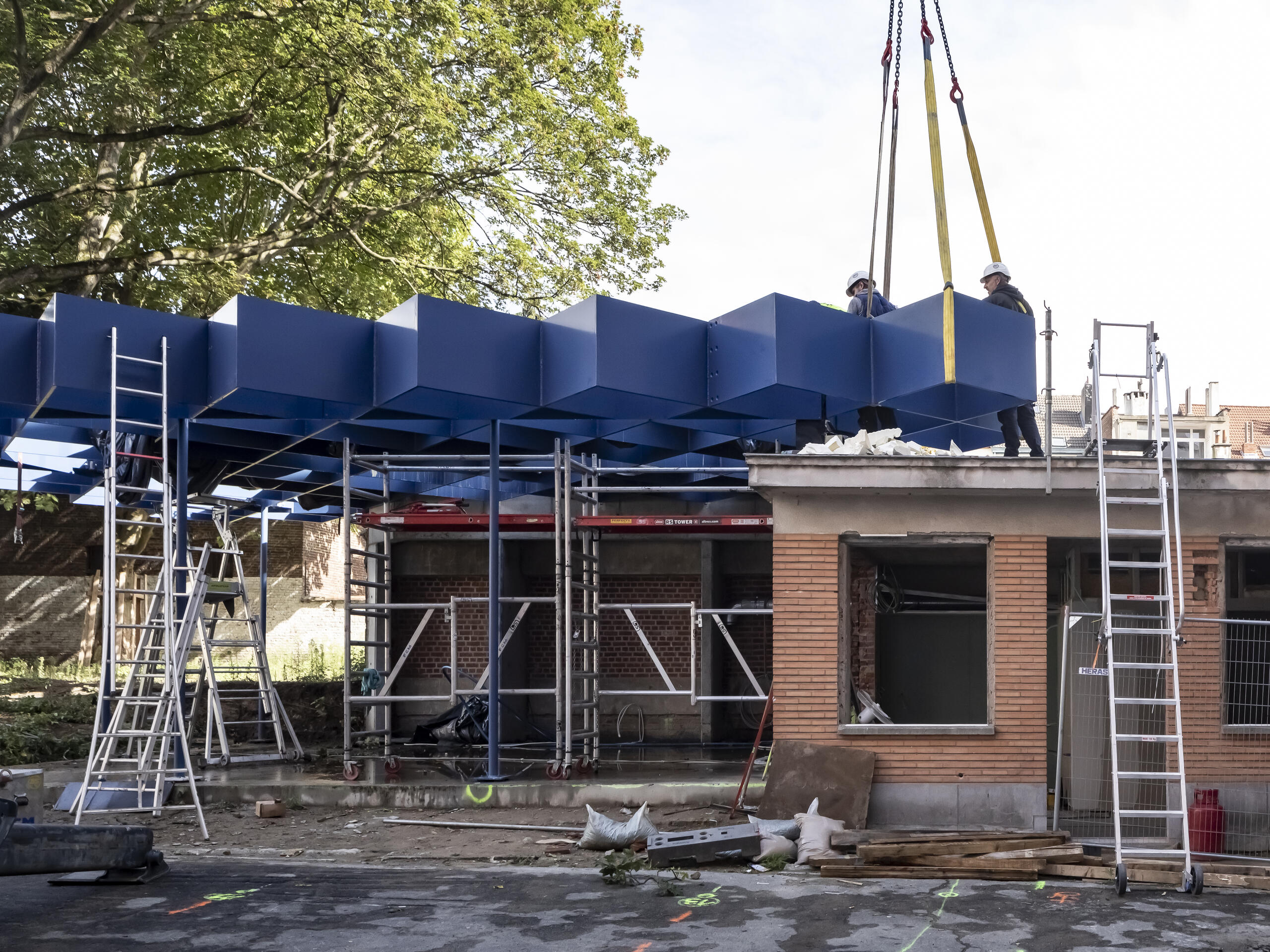
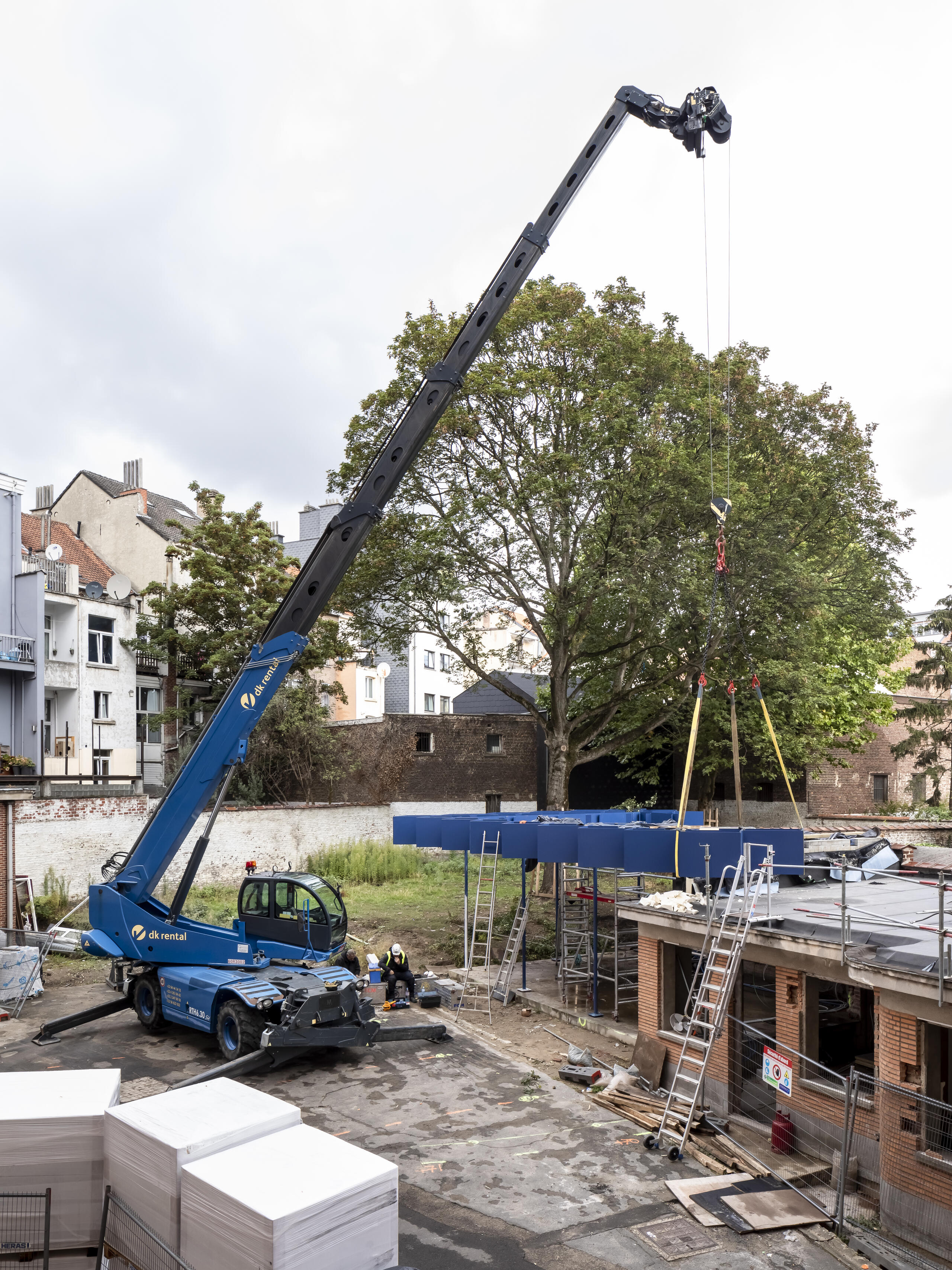
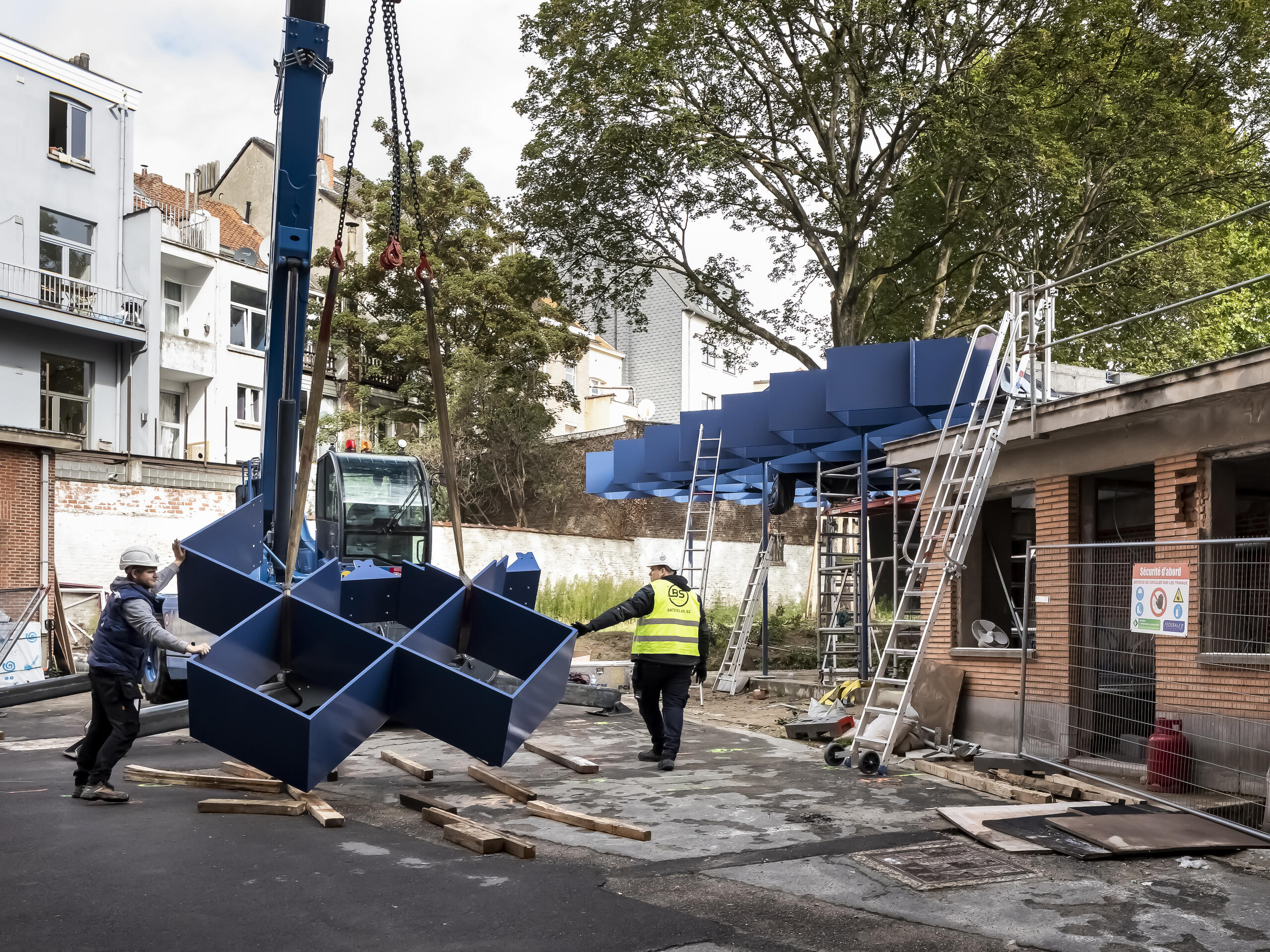
Community housing for senior citizens - Cultivating the bond with our elders
It is not uncommon for elderly people to continue to occupy an apartment that has become too big and too expensive after the children have left or the spouse has passed away. To counteract this, this pilot project offers an alternative: modest-sized housing located close to shops and transport. Each stand-alone studio has a living room area with kitchenette, a sleeping area and an ergonomically designed private bathroom. This reduction in space is offset by the sharing of services and social support. The eight studio tenants share a large common area with a view of Place Flagey and access to the garden, as well as a guest room and a shared laundry room. The communal living room is the ideal space for entertaining and forging bonds; it is a place for sharing and for keeping an eye on one another. By accepting this new way of life, some tenants have been able to free up large, under-occupied dwellings for the benefit of families on the waiting list. This frugality of needs is fundamental, because it limits the consumption of our material resources at the root. It is supported by a rational design that draws on the structural principles of the building to subdivide the homes in a minimal way in which the bathrooms are placed in a staggered way within the thickness of a technical bay. In a strategy that is as economical as it is ecological, the beautiful art deco finishes: oak parquet flooring, cast iron radiators, mouldings and marble fireplaces are preserved and restored, as are the window frames, which were not antique but still functional. Interventions in private spaces are limited in favour of a collectivisation of resources in common spaces that promote living together.
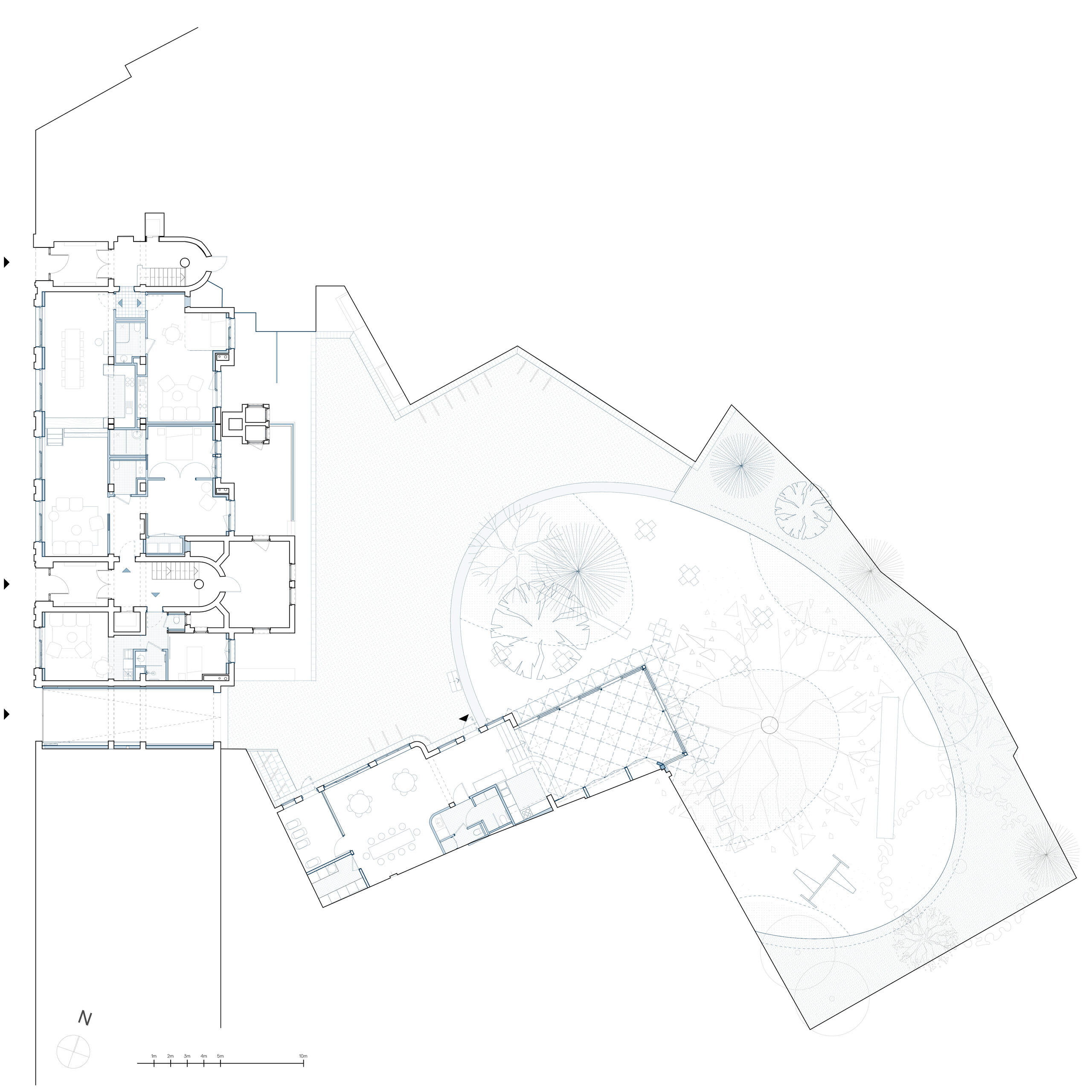

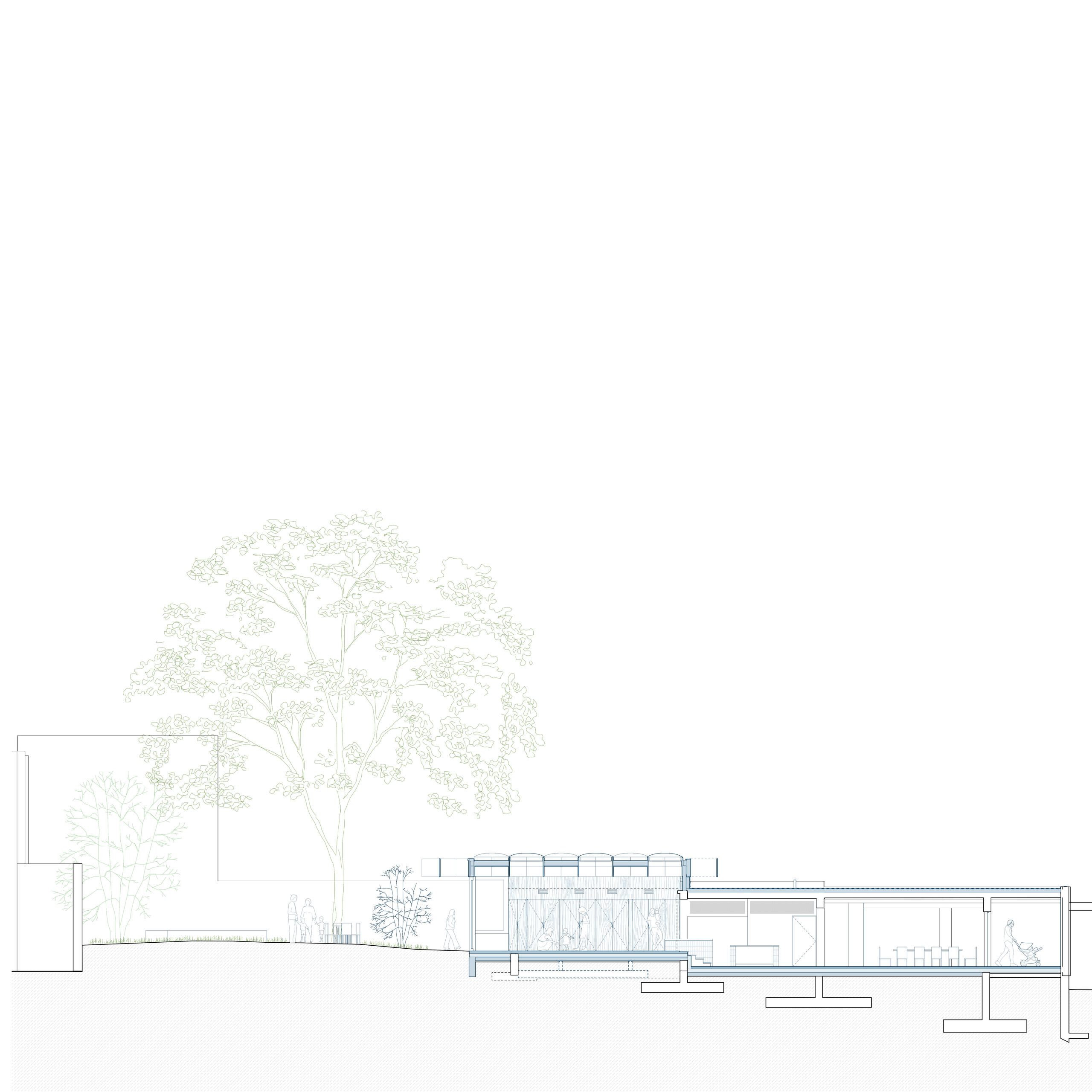
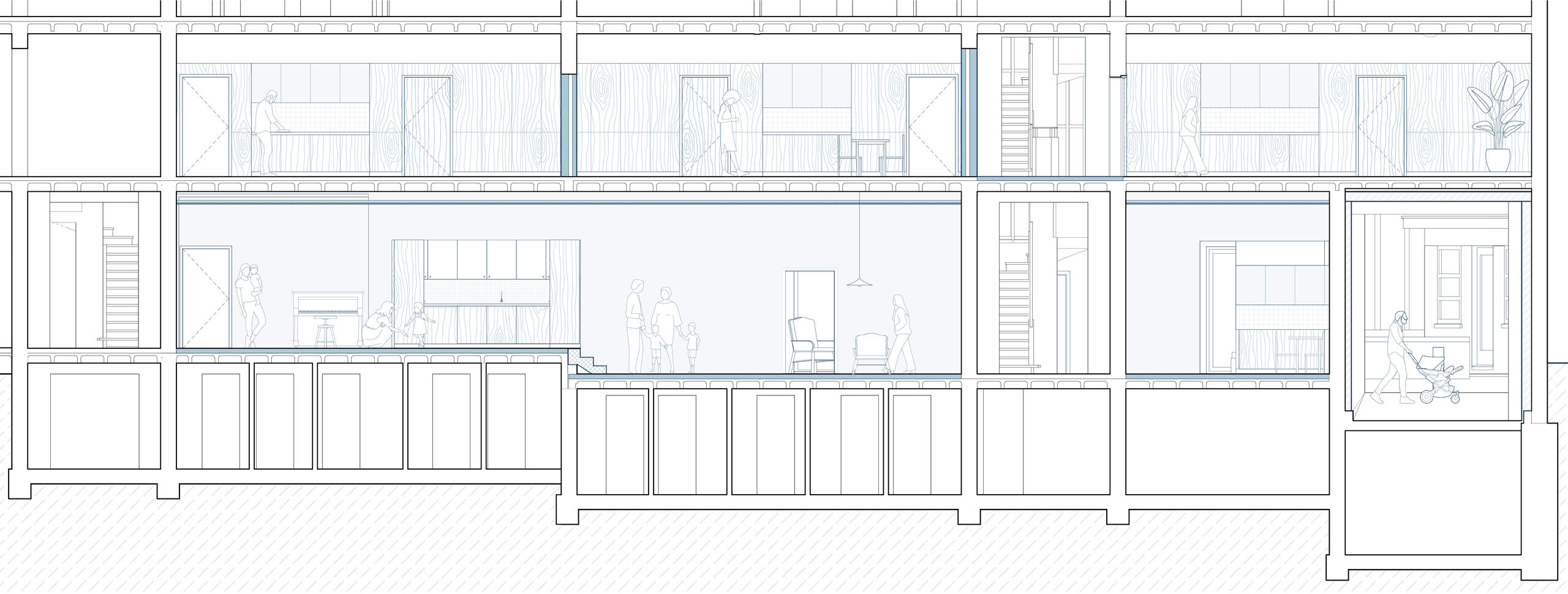
The Cygnes project has been nominated in the small-scale intervention category of the “Brussels Architecture Prize” 2023 edition. To mark the occasion, A+ magazine is publishing a special edition featuring the shortlisted projects.
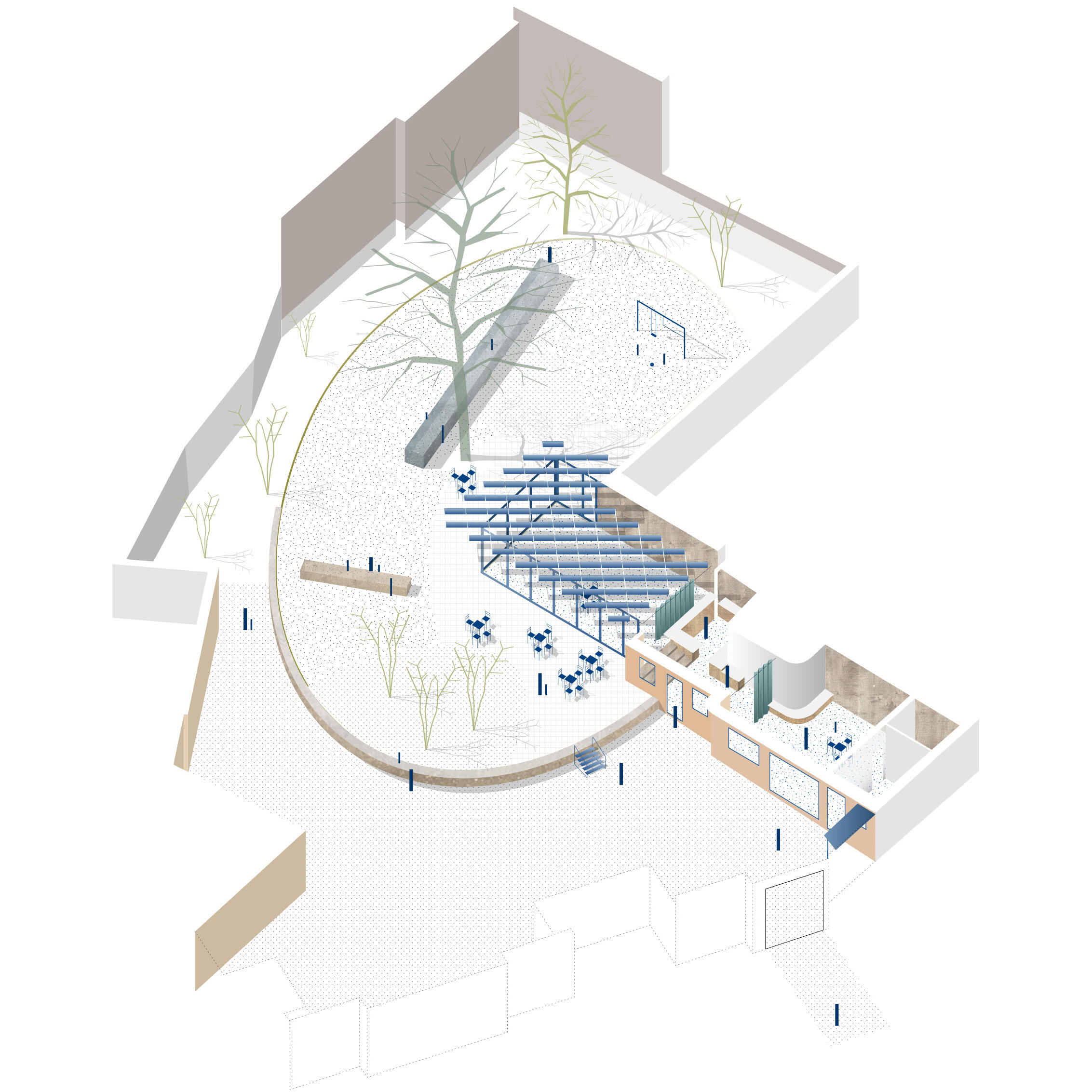
Circular principles

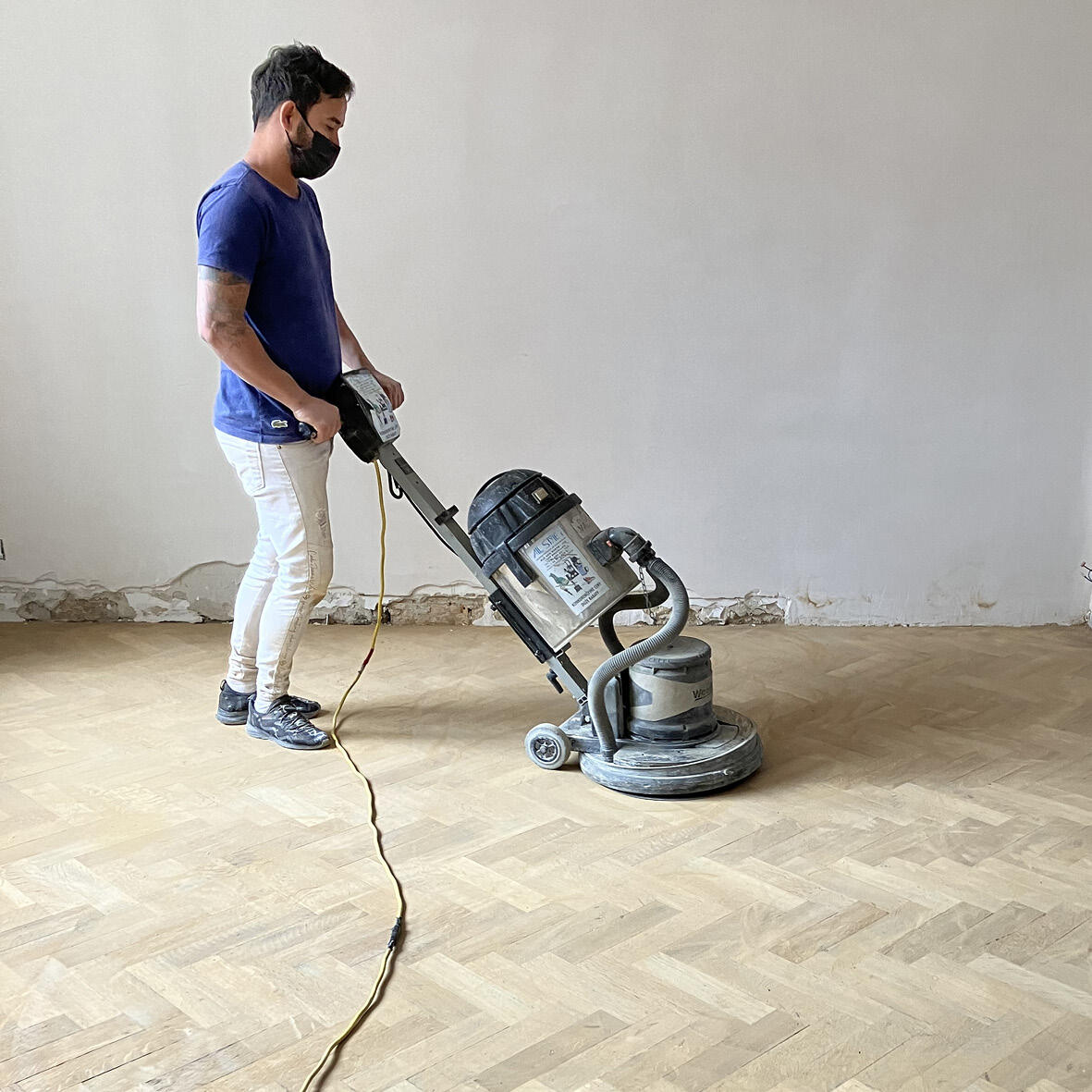

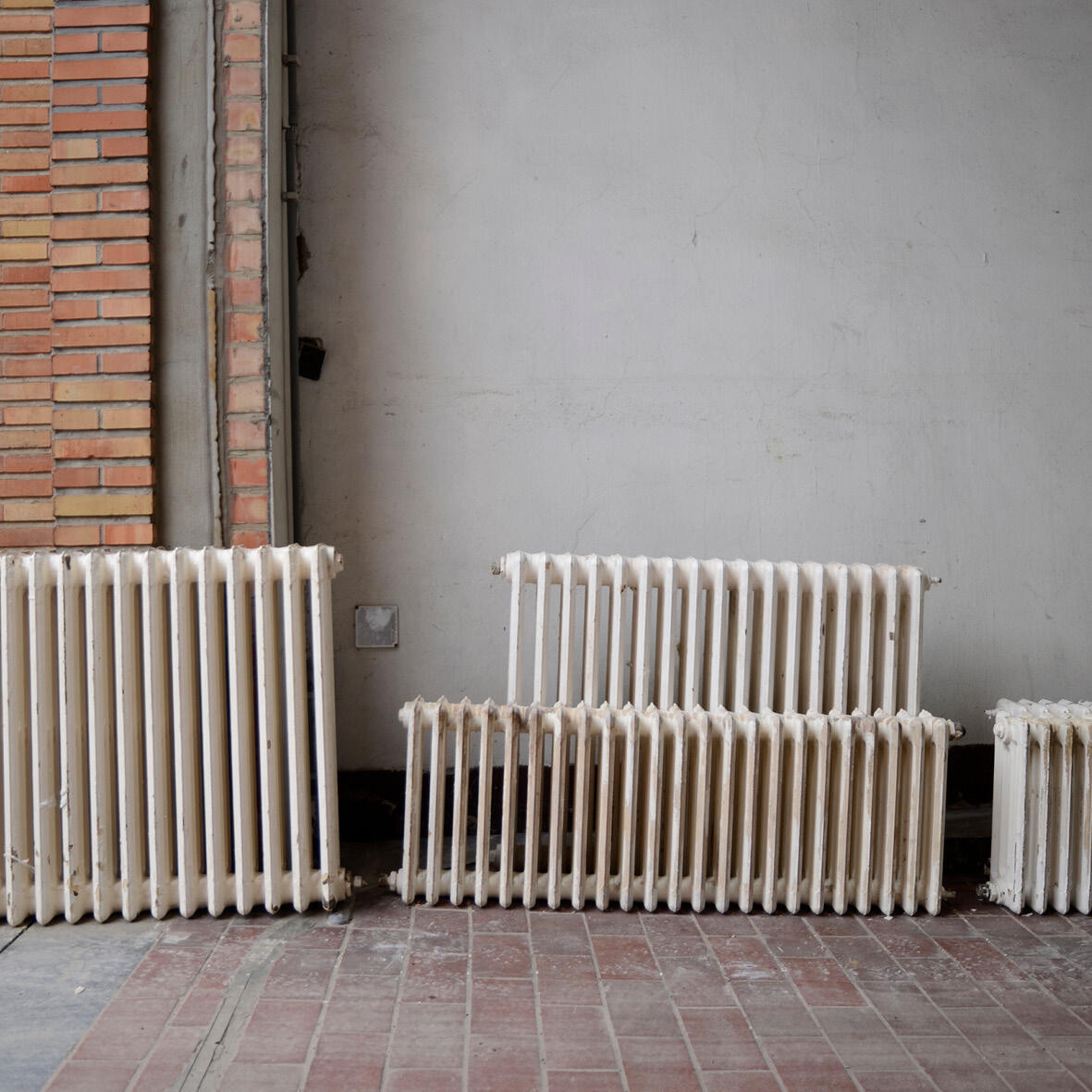
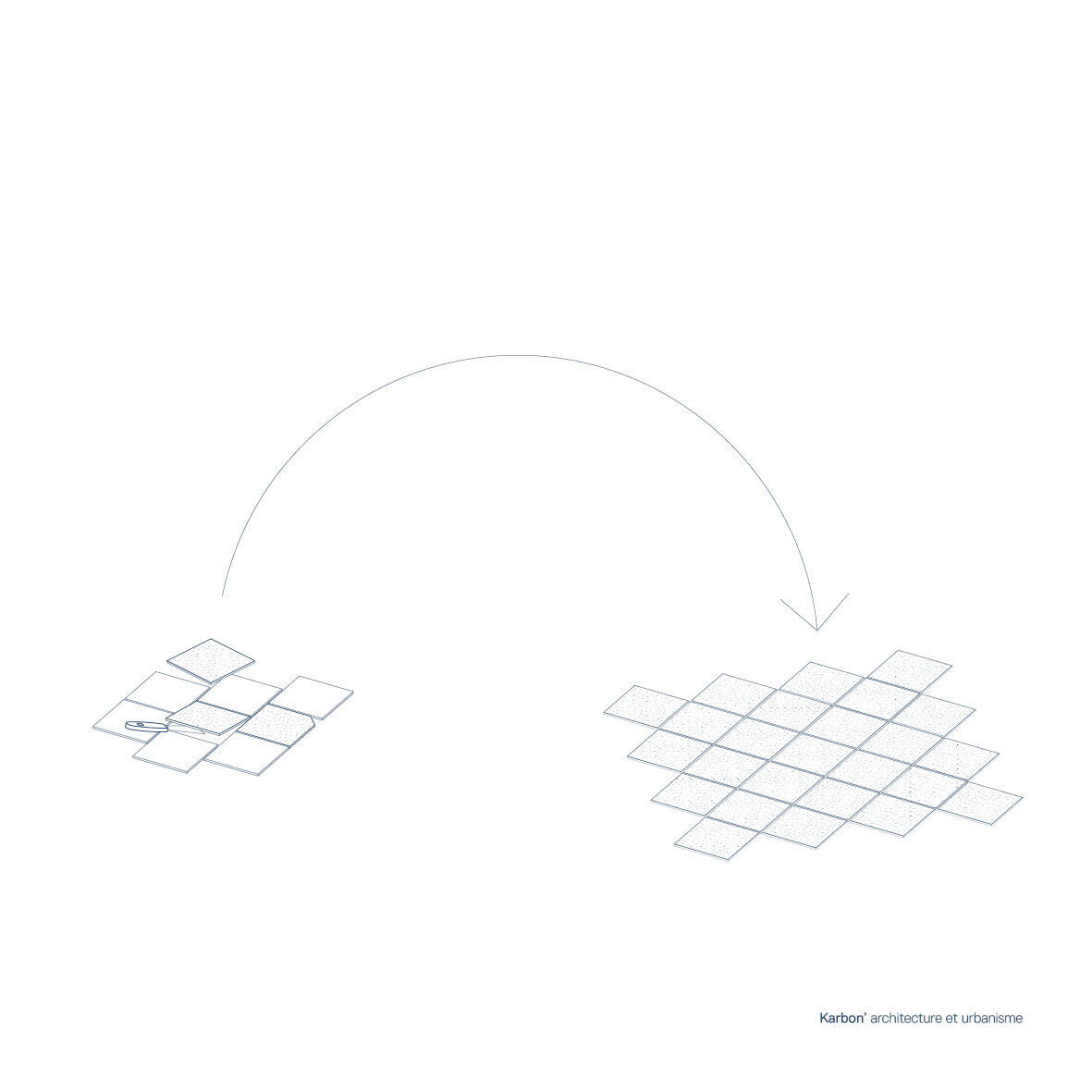
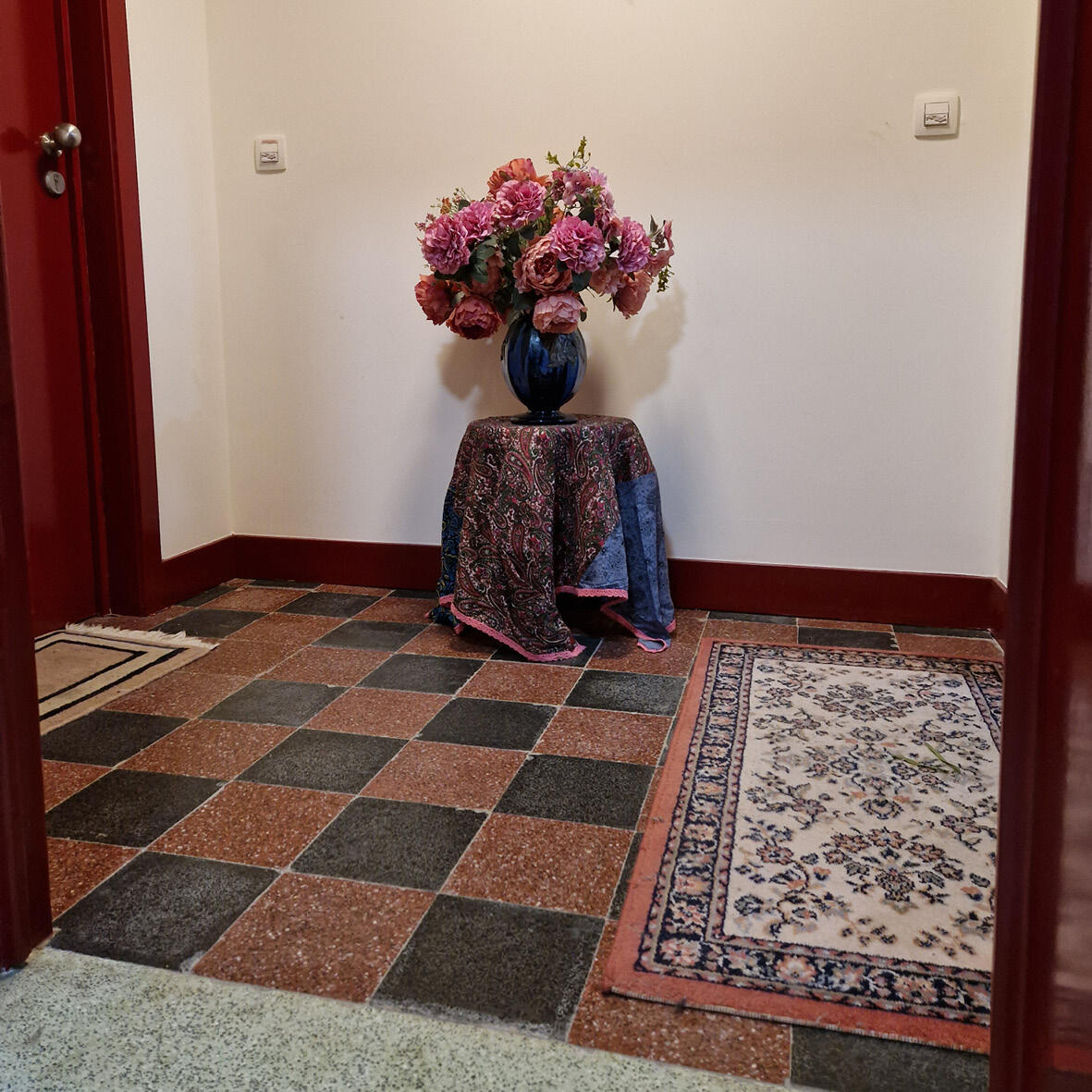
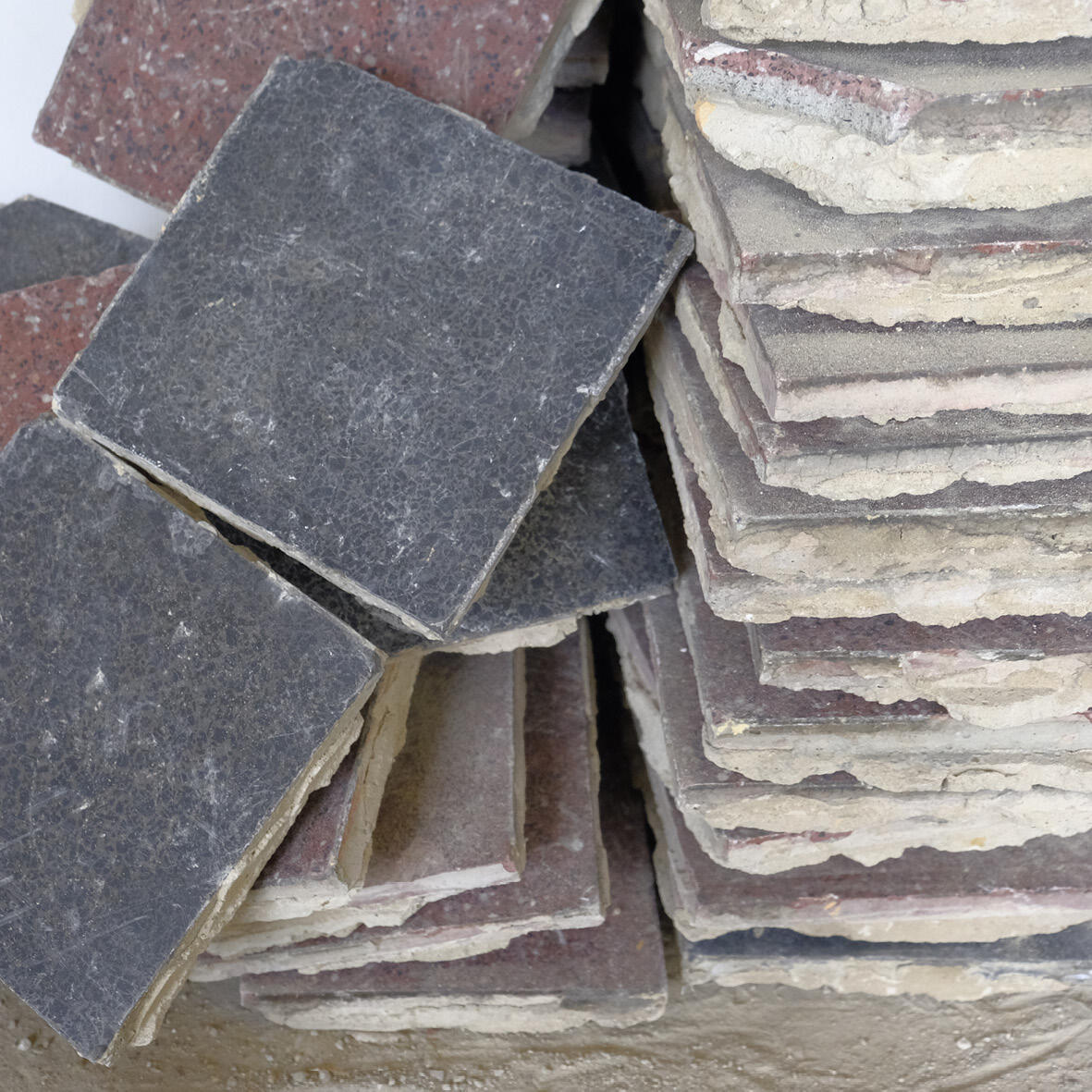
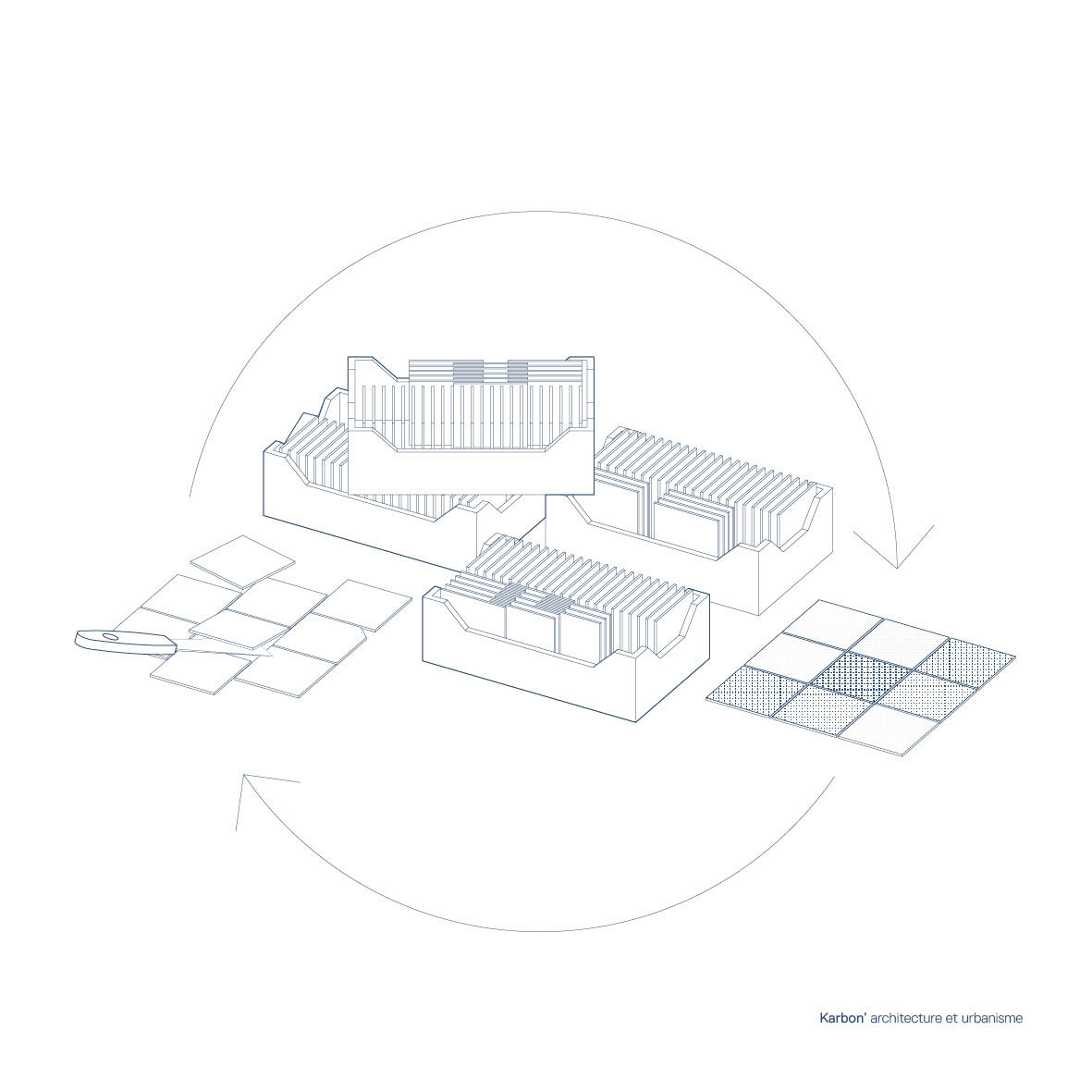
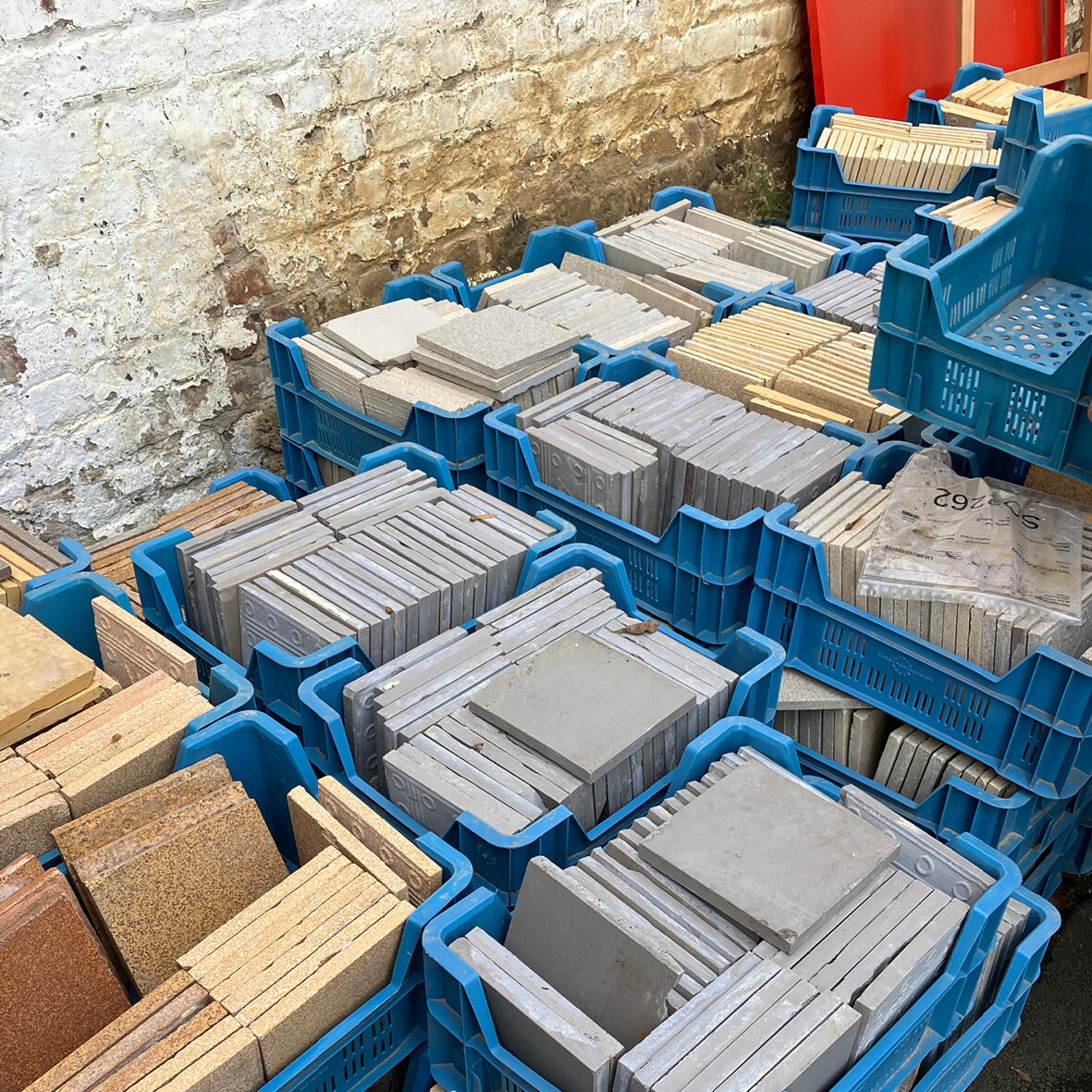

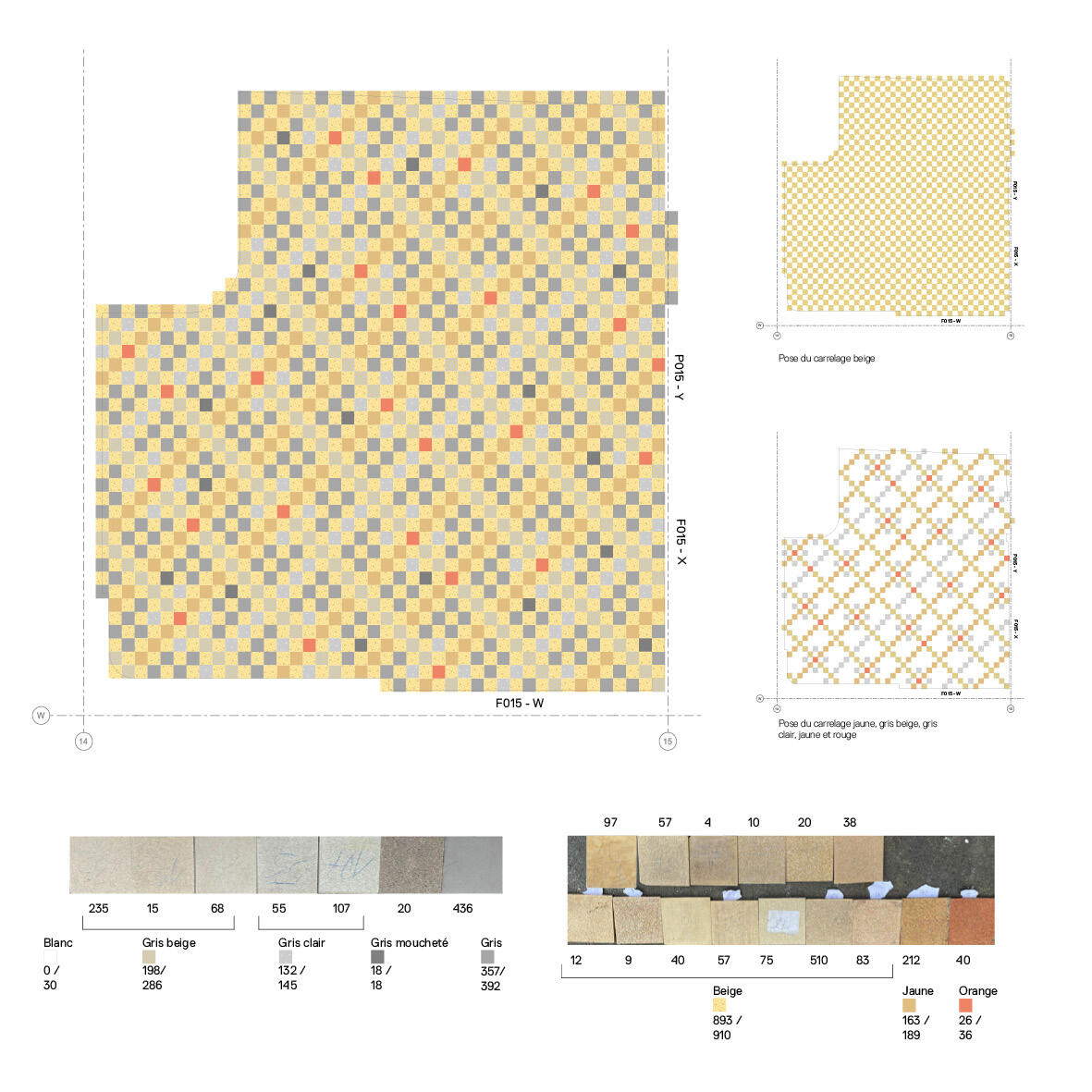
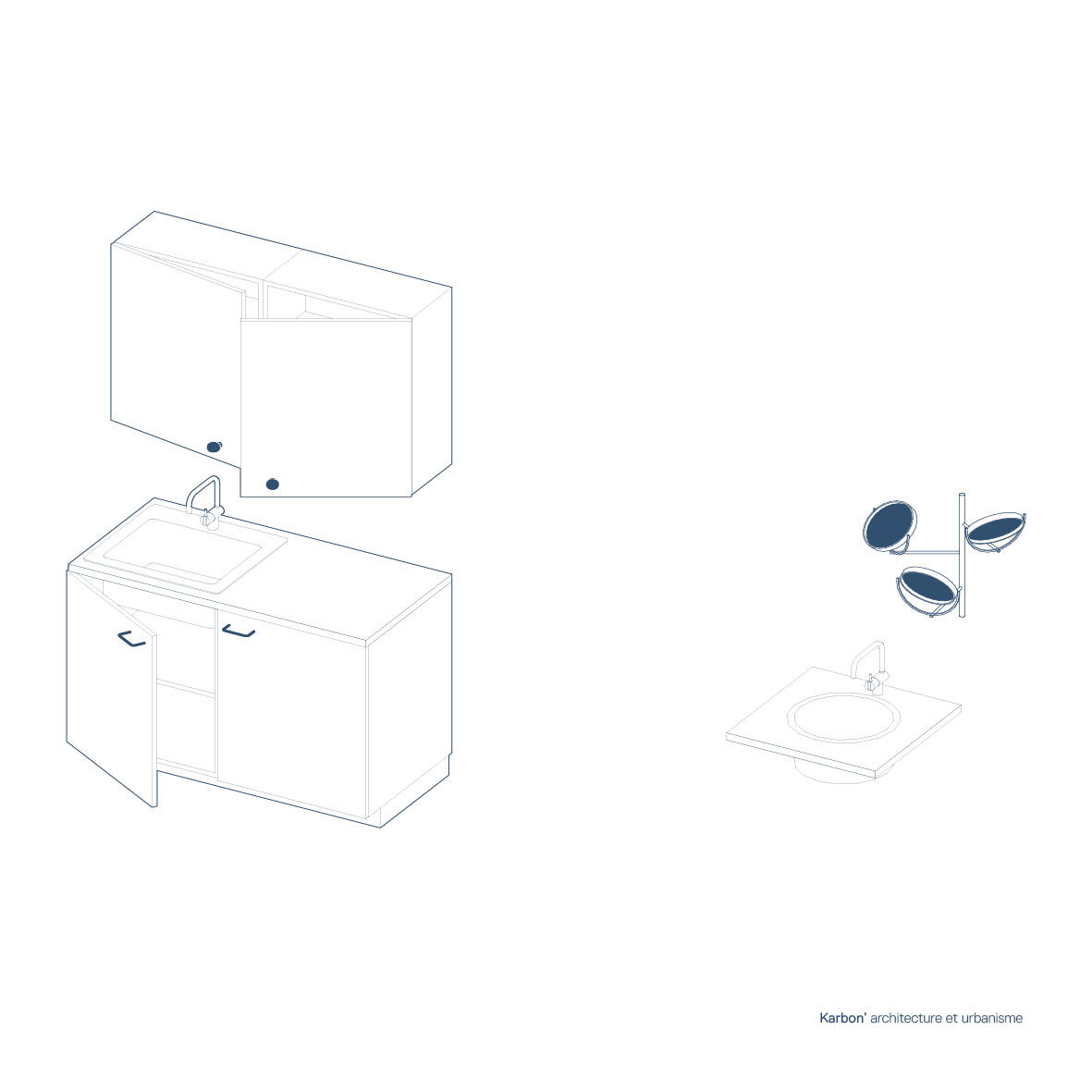
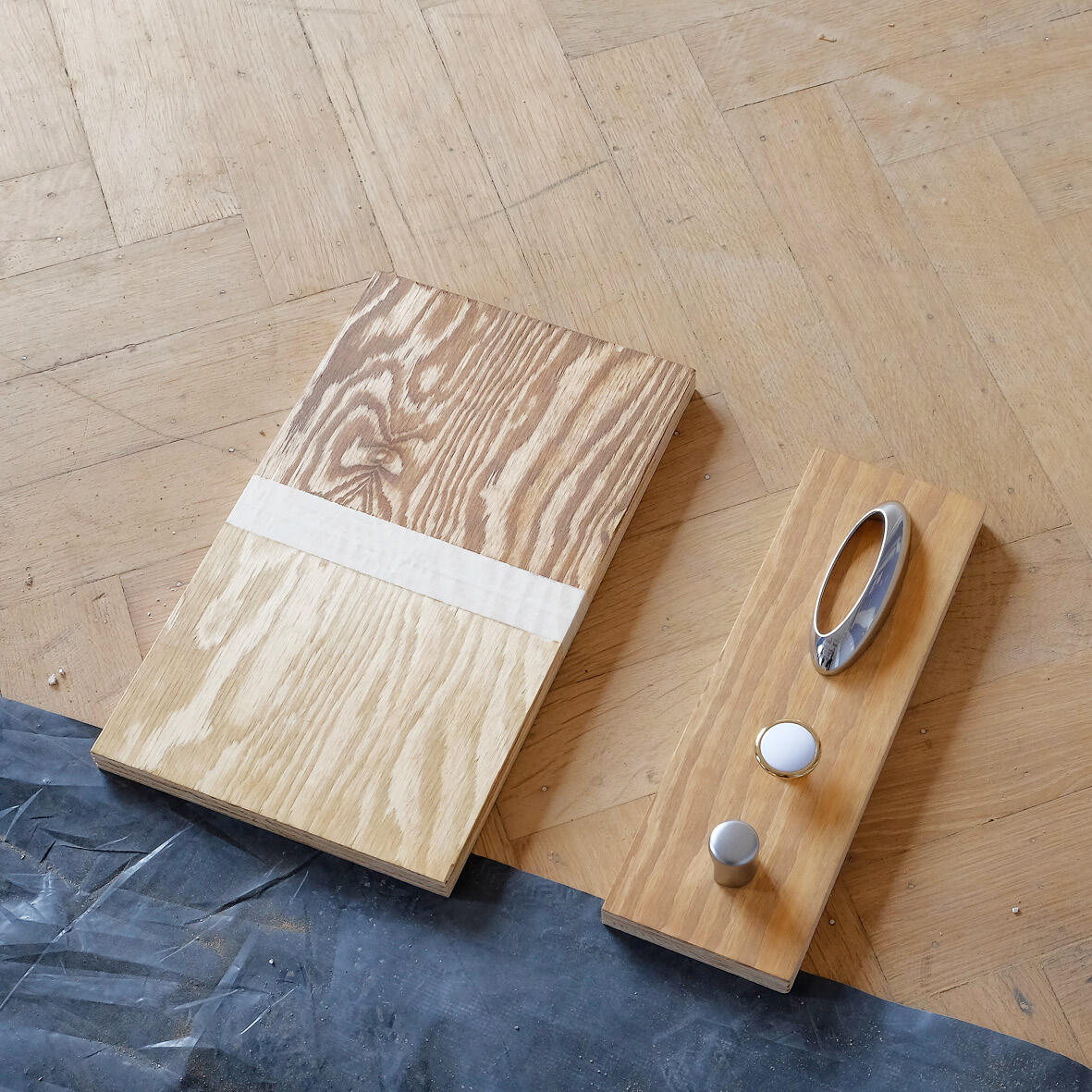

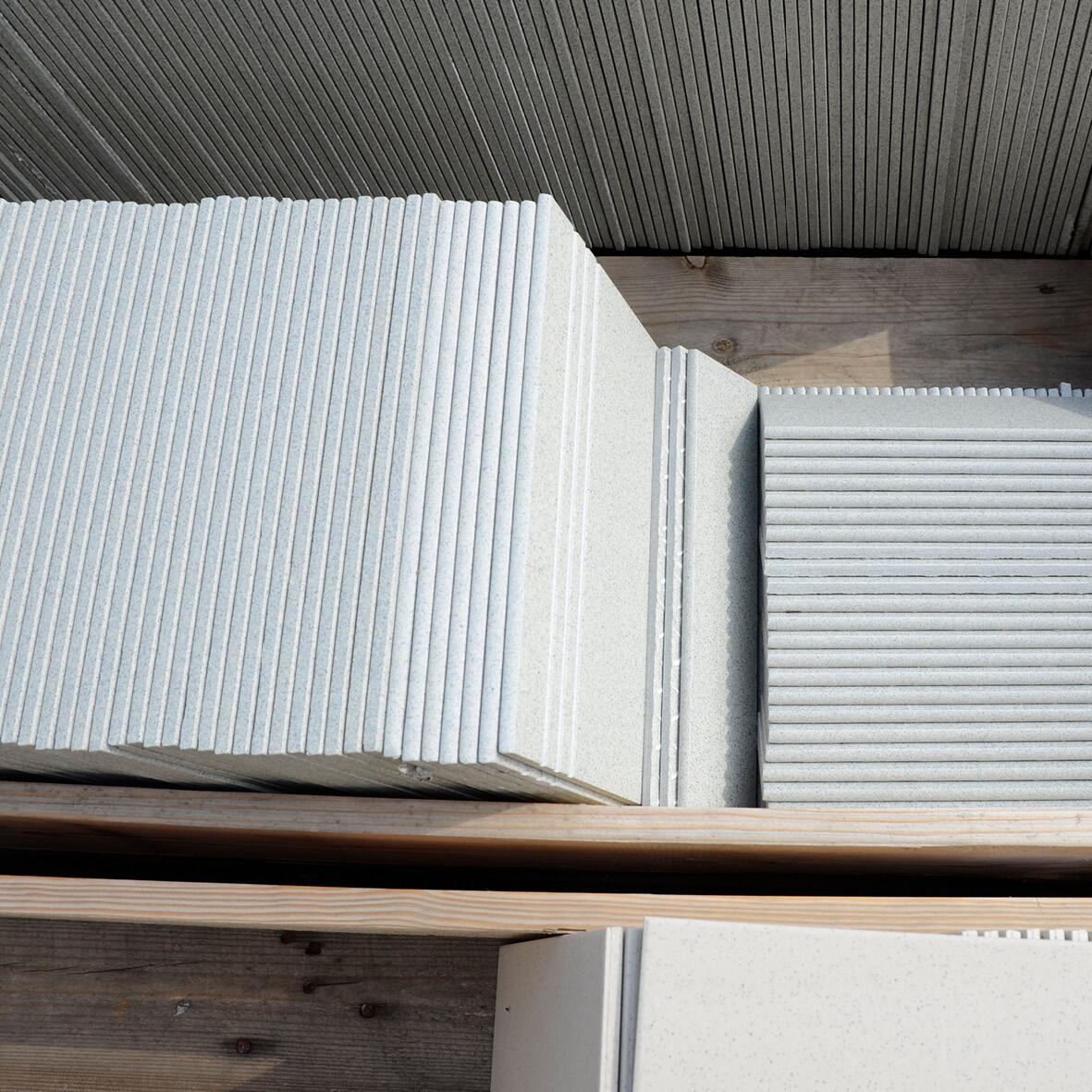
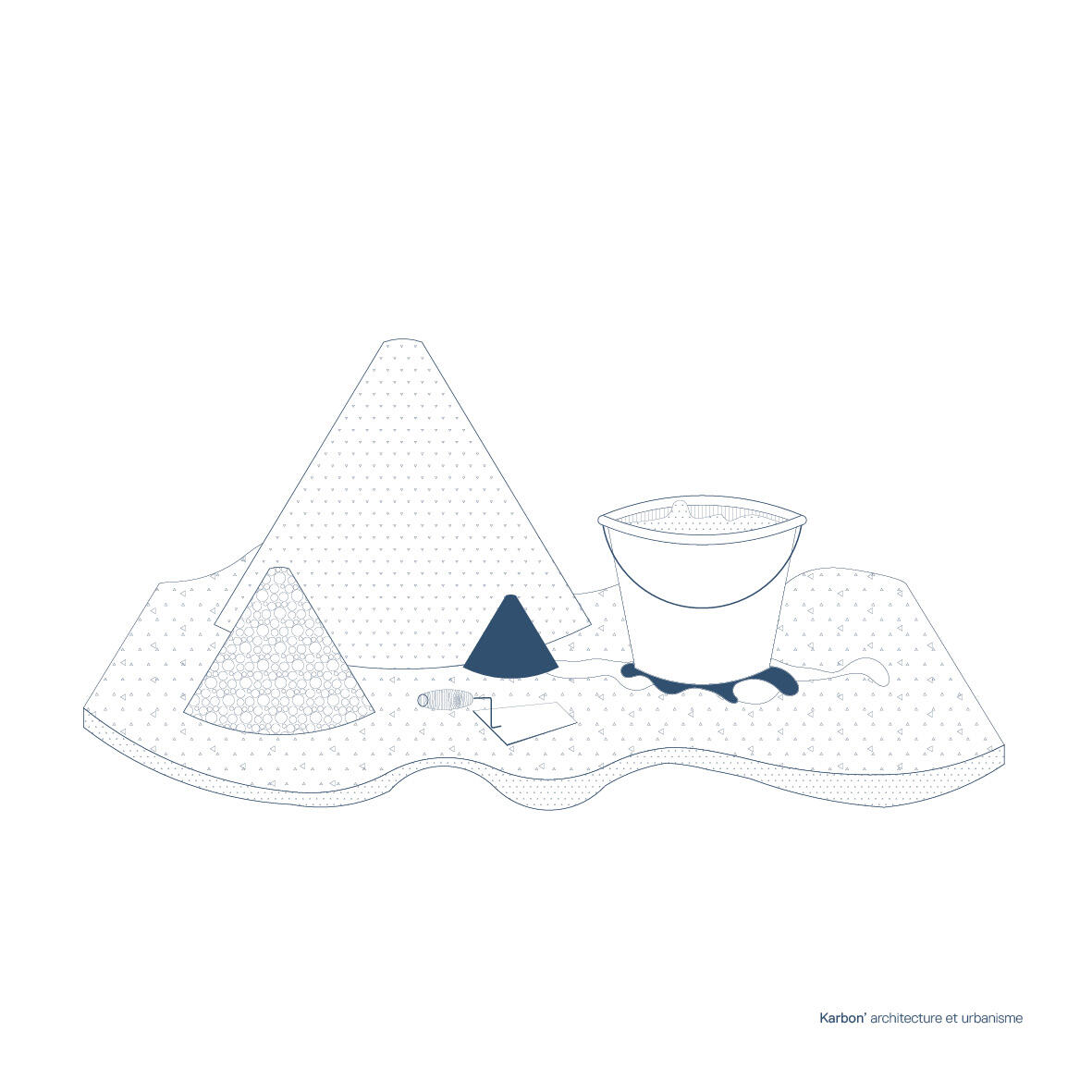
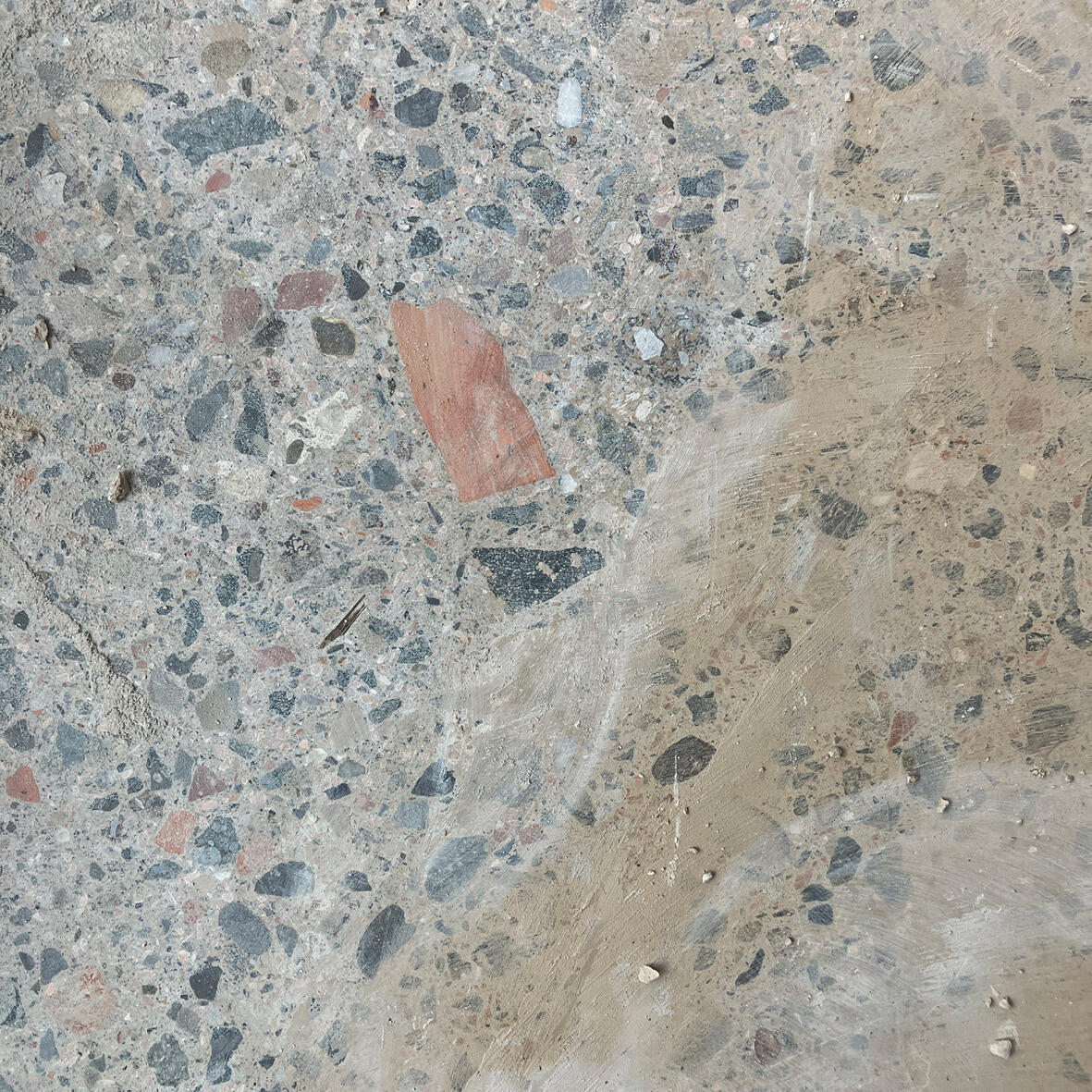
The design of a community housing that respects heritage and the environment (1. Renounce, frugality of demand).
The renovation was designed to minimise interventions. The studios naturally fit into the framework of the building without major structural intervention (2. Reuse, rationality of a response limiting outputs).
New life has been given to the 1930s oak parquet flooring: sanding, repairing and vitrification. The mouldings and fireplaces have also been preserved (3. Rehabilitate, restore rather than replace).
The studio halls are made of terrazzo tiles that were extracted, disassembled, cleaned and stored on site, avoiding unnecessary journeys. The layout of the tiles has been carefully studied to combine different batches of tiles of various origins but of similar formats in a harmonious pattern to the nearest square metre. (4. Reuse, favouring reusable materials, in situ and ex situ).
The interior façades have been insulated with hemplime blocks. The composition of these blocks forms a hygro-regulating insulation that protects the façades and guarantees a healthy interior. (5. Sustainable, choice of bio-sourced or recycled materials).




















